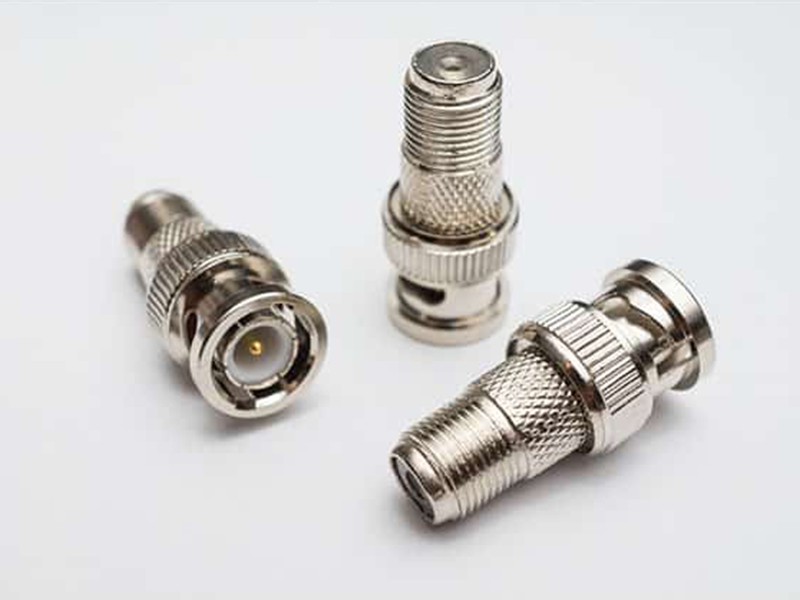The BNC connector is very similar to the B terminal and C terminal. A threaded connector TNC (English full name: Threaded-Neill-Concelman) has better performance in the microwave band than BNC.
BNC connectors are available in 50 ohm and 75 ohm specifications.
When the 50 ohm connector is connected with other impedance cables, the possibility of transmission errors is less. Connectors of different versions are compatible with each other, but if the cable impedance is different, the signal may reflect. Usually BNC connectors can be used at 4GHz or 2GHz.
The 75-ohm connector is used for video and DS3 connections to the telephone company’s central office, while the 50-ohm connector is used for data and radio frequency transmission. A 50-ohm plug that is incorrectly connected to a 75-ohm socket may damage the socket. 75 Ohm connectors are used in VHF applications.

BNC connector instructions
BNC connectors are used for the transmission of radio frequency signals, including the transmission of analog or digital video signals, the connection of amateur radio equipment antennas, the connection of avionics and other electronic test equipment. In the field of consumer electronics, BNC connectors used for video signal transmission have been replaced by RCA terminals. Through a simple adapter, RCA terminals can be used on devices that only have BNC connectors.
The BNC terminal was once widely used in 10base2 Ethernet. Because the coaxial cable is replaced by a twisted pair, it is difficult to see a network card with a BNC terminal. Some ARCNET networks have coaxial cables terminated with BNC terminals.
BNC connectors are commonly used in NIM, but have been replaced by the smaller LEMO00. In the case of high voltage, MHV connectors and SHV connectors are more common. The MHV connector can be forcibly connected to the BNC connector. SHV is a safer connector developed for this reason, and it cannot be connected with ordinary BNC connectors.
